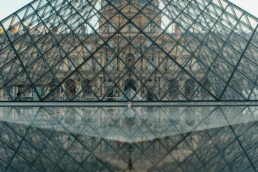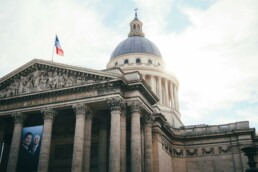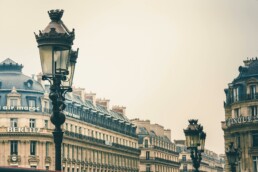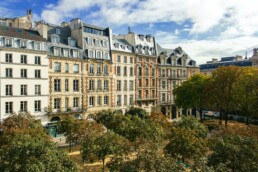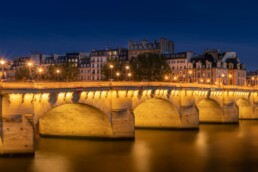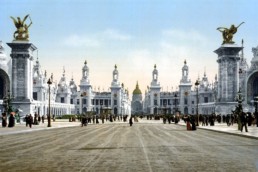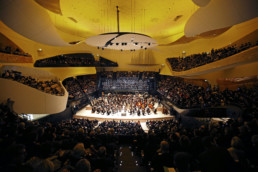At the dawn of the 20th century, Paris transformed into a true laboratory of artistic innovation. One of the most emblematic movements of this era was Art Nouveau, a trend that sought to break away from academic traditions to favor curved lines and nature-inspired motifs. It was in this bubbling context that the famous Paris metro entrances, designed by architect Hector Guimard, were born.
The story of these entrances begins in 1898, when the Compagnie du chemin de fer métropolitain de Paris launched a competition for the design of metro entrances. Hector Guimard, a young architect then on the rise, was chosen for his innovative approach and his taste for vegetal ornamentation. His creations would become symbols of Art Nouveau, embodying the spirit of modernity and elegance of the Belle Époque.
I remember my first walks in Paris, those moments when, discovering a Guimard metro entrance, I was struck by the harmony and lightness of its forms. The wrought iron railings, the colored glass canopies, the stylized floral motifs, all evoked a dreamlike world where architecture became poetry. Every detail seemed to have been designed to enchant the passerby’s eye, transforming the simple act of taking the metro into an aesthetic experience.
The anecdotes surrounding the creation of these entrances are numerous. It is said that Hector Guimard, concerned about the visual impact of his works, personally supervised the creation of each decorative element, going so far as to choose the enamel colors and the curvature of the ironwork. The workers, fascinated by the architect’s passion and rigor, often found themselves dreaming while handling the noble and colorful materials that brought these masterpieces to life.
Certain metro stations, like Place Dauphine, were true laboratories of experimentation for Guimard. He tested new techniques there, combining iron, glass, and ceramics to create bold compositions. The Abbesses station, with its tinted glass canopy and wrought iron grilles, is a perfect example of this constant search for harmony and originality.
Parisians, initially surprised by these unusual creations, eventually adopted them with enthusiasm. The metro entrances became landmarks, meeting places where one would rendezvous “under Guimard’s flowers.” They testified to the audacity and creativity of an era when Paris, the City of Light, wanted to be at the forefront of modernity.
Thus, the Paris metro entrances are not just works of art. They are living witnesses of the history of Art Nouveau, symbols of Paris’s love for innovation and beauty. Each grille, each glass panel, each ornament tells a story, that of a city that has, through the centuries, reinvented itself without ever losing its luster.
Lire également :
5 November 2024
The Louvre Pyramid: Symbol of Architectural Boldness
5 November 2024
The Pantheon: A Republican Sanctuary in the Heart of Paris
5 November 2024
Baron Haussmann: Architect of Parisian Metamorphosis
5 November 2024
The History of Place Dauphine: A Parisian Evocation
5 November 2024
The History of the Pont Neuf: A Parisian Reminiscence
25 May 2019
L’exposition universelle de 1900
10 December 2017
The Philharmonie de Paris: Modern Harmony and Musical Heritage
17 July 2017




